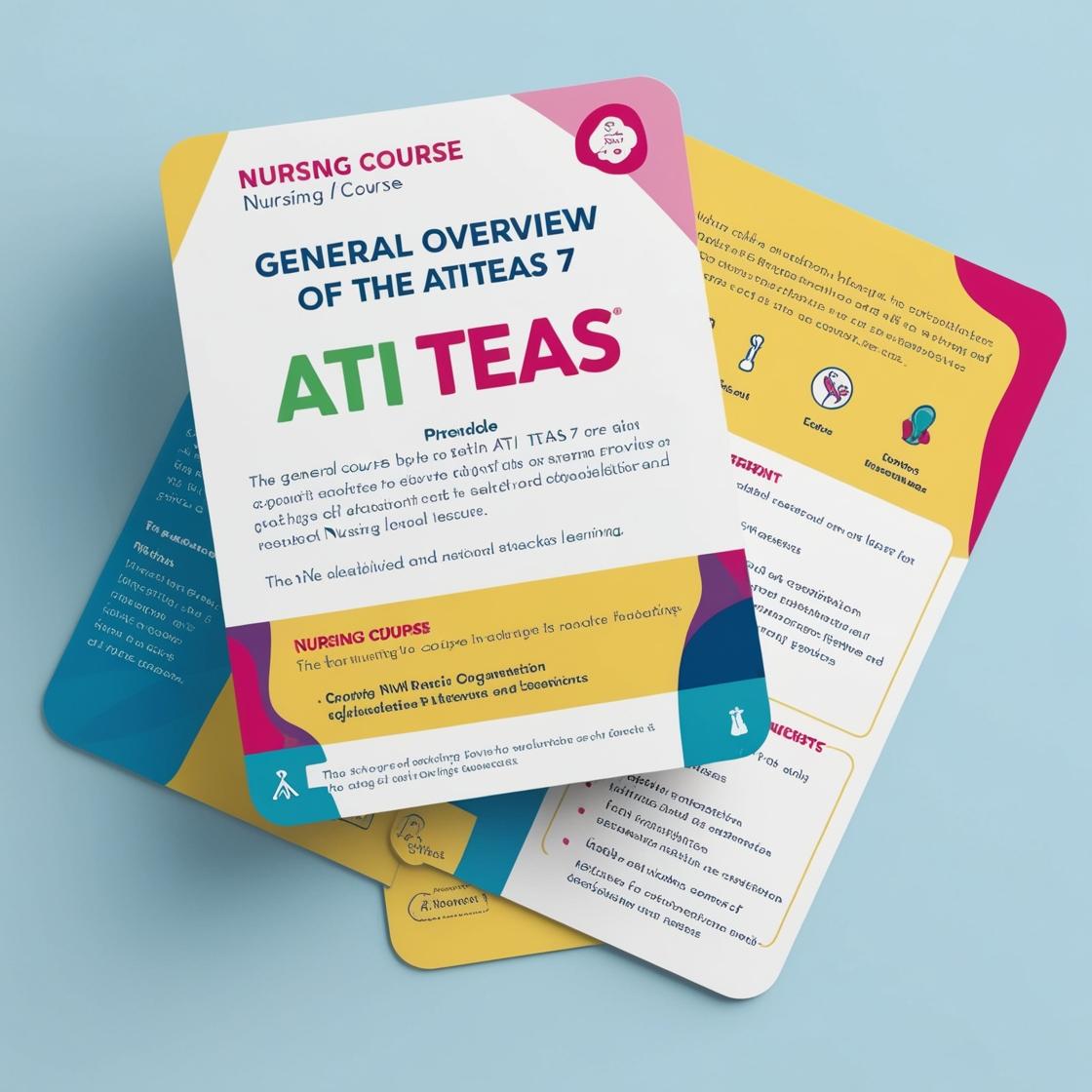ATI TEAS 7
TEAS Reading Questions
1. Which of the following is not an example of something that the author of Passage 1 states might be found in a fairy tale?
- A. Trolls
- B. Witches
- C. Talking animals
- D. Giants
Correct answer: B
Rationale: The author of Passage 1 mentions trolls, elves, giants, and talking animals as examples of imaginary creatures found in fairy tales. However, witches are not specifically mentioned. Therefore, witches are not an example of something the author states might be found in a fairy tale in Passage 1. Choice B is the correct answer. Choice A, trolls, Choice C, talking animals, and Choice D, giants, are all examples provided by the author in the passage, making them incorrect answers.
2. Which of the following is an opinion, rather than a historical fact, expressed by the author?
- A. Leif Erikson was definitely the son of Erik the Red.
- B. Leif Erikson's crew called the land Vinland.
- C. Leif Erikson deserves more credit for his accomplishments.
- D. Leif Erikson explored the Americas nearly five hundred years before Columbus.
Correct answer: C
Rationale: The statement 'Leif Erikson deserves more credit for his accomplishments' is an opinion rather than a historical fact. Historical facts can be verified through evidence and documentation, while opinions are subjective viewpoints. Choices A, B, and D provide historical facts about Leif Erikson's lineage, the name given to the land he discovered, and his exploration, respectively, which can be supported by historical records and research.
3. Which of the following represents an opinion statement on the part of the author?
- A. The problem with having a larger Bermuda Triangle is that it increases the odds of accidents.
- B. The area known as the Bermuda Triangle has become such a part of popular culture that it can be difficult to sort through the myth and locate the truth.
- C. The increase in ships from East Asia no doubt contributes to an increase in accidents.
- D. Most consider the Triangle to stretch from Miami to Puerto Rico and include the island of Bermuda.
Correct answer: C
Rationale: Choice C, 'The increase in ships from East Asia no doubt contributes to an increase in accidents,' represents an opinion statement made by the author. This statement reflects the author's belief or judgment about the impact of increased ships from East Asia on the occurrence of accidents in the Bermuda Triangle. The other choices, A, B, and D, provide factual information or general statements without expressing a personal opinion. Choice A discusses a potential consequence of a larger Bermuda Triangle, choice B highlights the cultural significance and difficulty in discerning truth about the Bermuda Triangle, and choice D describes the commonly accepted geographical boundaries of the Bermuda Triangle. Therefore, choice C is the correct answer as it represents an opinion statement on the part of the author.
4. How does the author organize the passage?
- A. heading and subheadings
- B. superscripts
- C. diagrams
- D. labels and footnotes
Correct answer: A
Rationale: The author uses heading and subheadings to organize the passage. Each subheading focuses on either dairy (e.g., beverages, meals, snacks, dessert) or non-dairy options for obtaining more calcium from food. This organizational structure makes it easier for readers to identify and understand the different categories of tips provided within the text. Choices B, C, and D are incorrect because superscripts, diagrams, labels, and footnotes are not used as organizational features in the passage; instead, headings and subheadings play a key role in structuring the information.
5. A synonym for disconfirmed would be:
- A. proven
- B. dissipated
- C. distilled
- D. disproven
Correct answer: D
Rationale: The word 'disconfirmed' can be understood by breaking down 'disconfirm,' where 'dis' indicates 'not' and 'confirm' means 'to prove.' Therefore, 'disconfirmed' means 'not proven,' which aligns with the meaning of 'disproven.' In the given passage, it is mentioned that evidence can disprove a hypothesis, not necessarily prove it. This supports the synonymity between 'disconfirmed' and 'disproven.' Choice A ('proven') is incorrect because 'proven' is the opposite of 'disconfirmed.' Choice B ('dissipated') is incorrect as it means to disappear or scatter, not related to disproving a hypothesis. Choice C ('distilled') is incorrect as it means to purify a liquid through heating and cooling, not related to proving or disproving hypotheses.
Similar Questions

Access More Features
ATI TEAS Premium Plus
$150/ 90 days
- Actual ATI TEAS 7 Questions
- 3,000 questions with answers
- 90 days access
ATI TEAS Basic
$99/ 30 days
- 3,000 Questions with answers
- 30 days access
